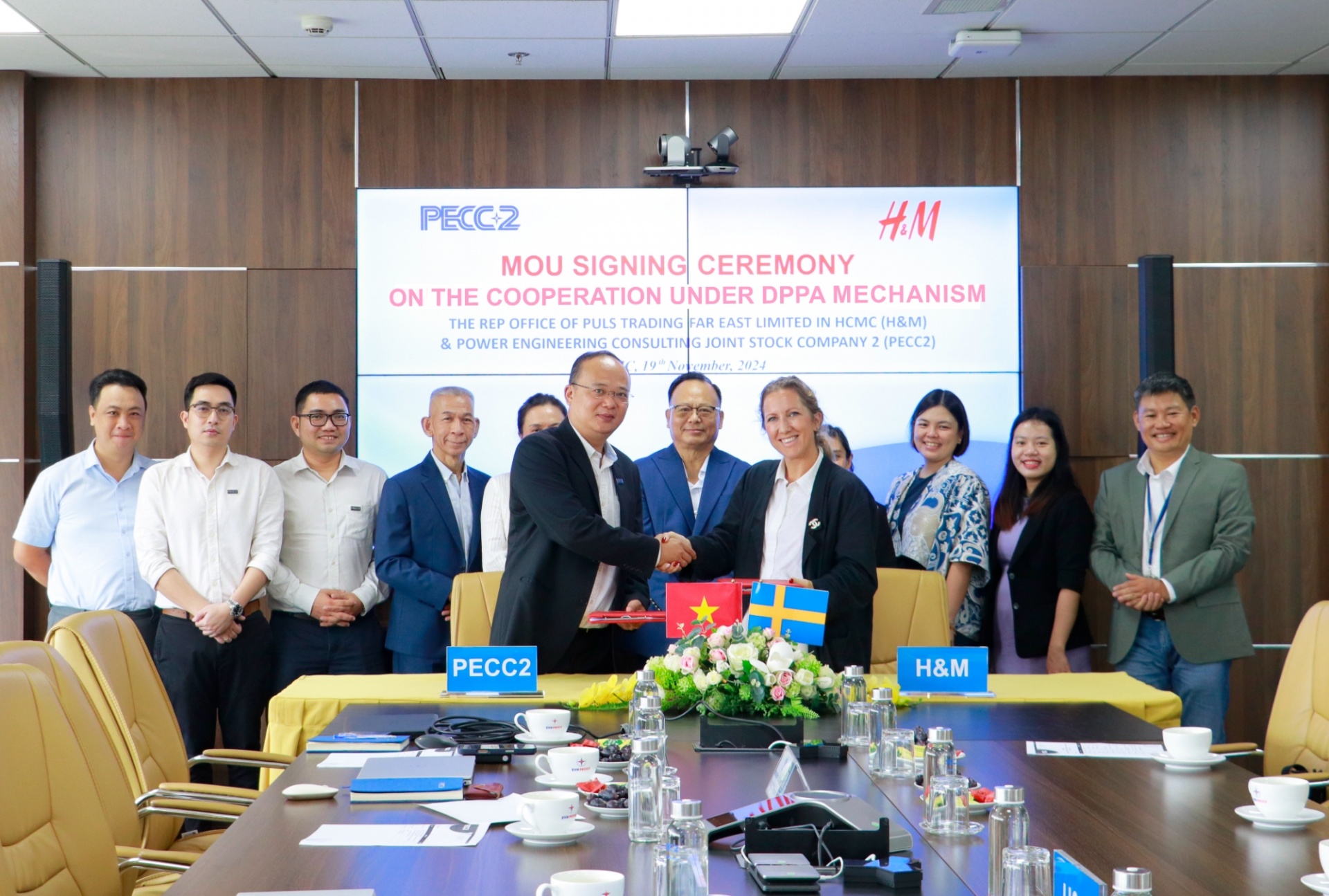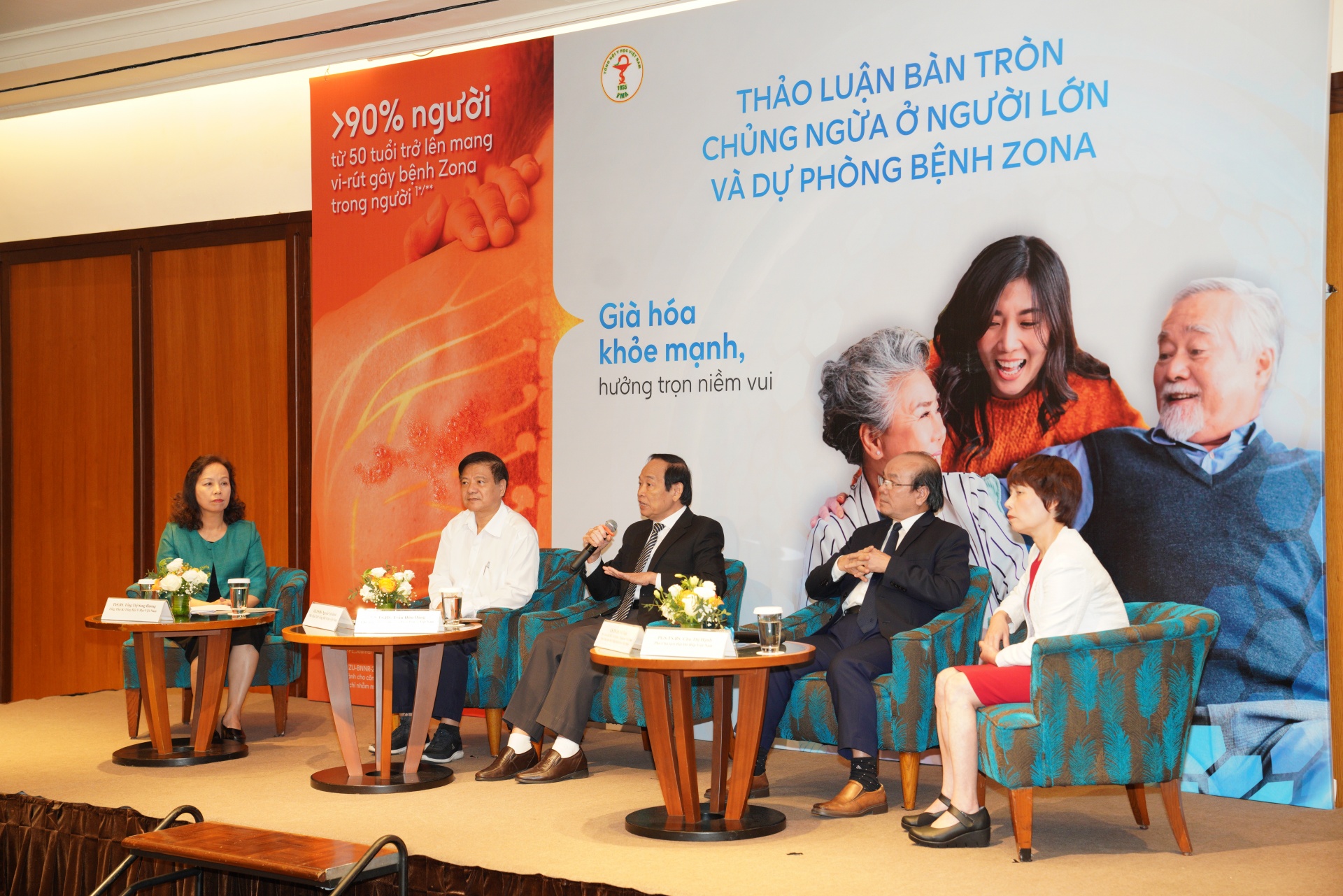Textile producers turn to Vietnam
 |
| Textile producers are shunning China and looking to Vietnam |
Last week, Danang Municipal People’s Committee granted investment certificates to Japan’s Morito Group’s four garment firms Oishi, Amagasaki Seikan, Inoue Ribbon and Fukui Denka Koygo.
The four projects have a total initial investment capital of $15 million and will produce garments on five hectares in the city’s Hoa Khanh Industrial Park. Morito provides textile components to brands like Adidas, Nike, Gucci and D&G.
Morito’s move is part of its plan to gradually shift garment and textile production from China to Vietnam, a trend that the Vietnam Textile and Apparel Association (Vitas) forecasts will continue in the future.
Vitas believes that Vietnam will attract more foreign garment and textile manufacturers in the coming years, especially Japanese and Taiwanese companies who are leaving China for Vietnam.
The shift away from Vietnam’s neighbour comes in the wake of labour cost increases in China by 15-20 per cent over the past few years. At present, an average monthly salary for a garment worker in China is 3,000 yuan ($538.4), whereas it is $128.2 in Vietnam, according to Vitas.
A Vitas representative noted that in China, foreign garment and textile enterprises suffered from a 10 per cent export tariff level when they sent their products to Japan, a big garment and textile importer. Vietnam, on the other hand, does not, at present, impose any export tariffs on products destined for Japan. Moreover, China is forcing enterprises to consume energy effectively, in line with the Chinese government’s strategy to use renewal technology for economic development. And power costs in China are double those of Vietnam.
The chairman of state-owned Vinatex Vu Duc Giang recently said that Japan’s Marubeni Group was planning to cooperate with Vinatex to build garment and textile factories in Vietnam. Giang also said that Marubeni was beginning a gradual shift of its garment and textile production from China to Vietnam.
Taiwanese-backed Makalot Industrial Company Limited, currently operating a factory in northern Hai Duong’s Thanh Ha district, said it would invest $6.09 million to strengthen its position in Vietnam. The move would help reduce soaring production costs in its China-based factories.
Vitas also said that most foreign investment would be injected into garment factories with quick capital recouping potential, rather than in the dyeing and textile industries.
For example, Taiwan-backed Eclat Textile Company, which runs a factory in southern Dong Nai province’s Nhon Trach Industrial Park, has trumpeted a plan to put $2.5 million into acquiring a Vietnam-based garment factory to produce Polo-branded knitwear and elastic T-shirts. They foresee an annual capacity of 3-3.5 million products. The company also wants to invest additional $4 million into establishing a new garment factory in Vietnam with an annual capacity of 2.5 million products.
In December, 2010, four leading Japanese firms including Pacific Textile Holding Limited, the Crystal Group, the GSI Creos and the Toray Group said they wanted to build a $180 million textile and garment manufacturing factory in the country.
The project, which will kick off in the period 2011-2015, is set to have an overall investment of $180 million.
What the stars mean:
★ Poor ★ ★ Promising ★★★ Good ★★★★ Very good ★★★★★ Exceptional
Related Contents
Latest News
More News
- Mitsubishi Estate launches Logicross Hai Phong - a milestone in logistics evolution (November 20, 2024 | 14:32)
- Semiconductor workforce partnerships deliver industry-relevant training (November 20, 2024 | 10:58)
- German Quickpack to invest $31.7 million in Long An province (November 20, 2024 | 09:31)
- Foreign-invested enterprises drive logistics investment in the southeast region (November 20, 2024 | 09:27)
- Chile visit underscores trade benefits (November 19, 2024 | 10:00)
- Trump’s second term impacts sci-tech activities and industry 4.0 technologies (November 18, 2024 | 10:00)
- Vietnam eyes nuclear revival to bolster energy security (November 14, 2024 | 16:46)
- Kyokuyo completes $13.5 million seafood factory in Vietnam (November 14, 2024 | 12:19)
- VinFast receives $3.5 billion funding from Vingroup and Pham Nhat Vuong (November 14, 2024 | 06:38)
- Localities sprint to reach FDI targets (November 13, 2024 | 10:00)


 Tag:
Tag:


















 Mobile Version
Mobile Version